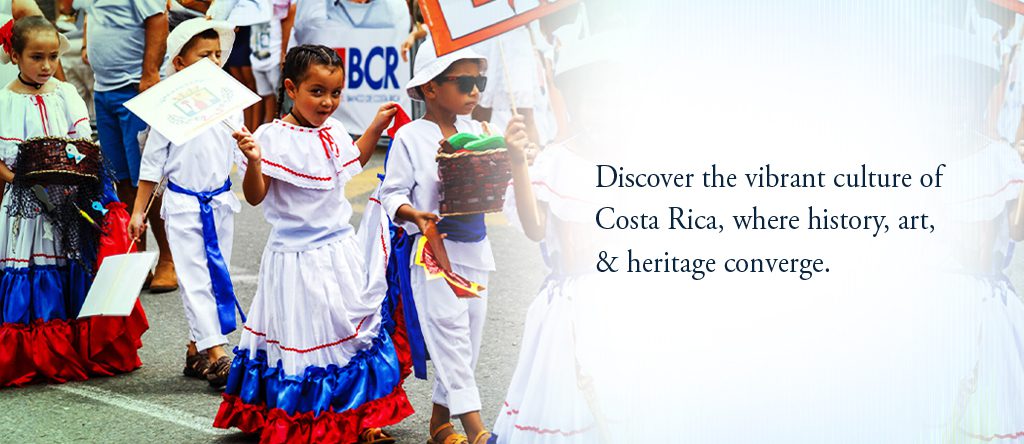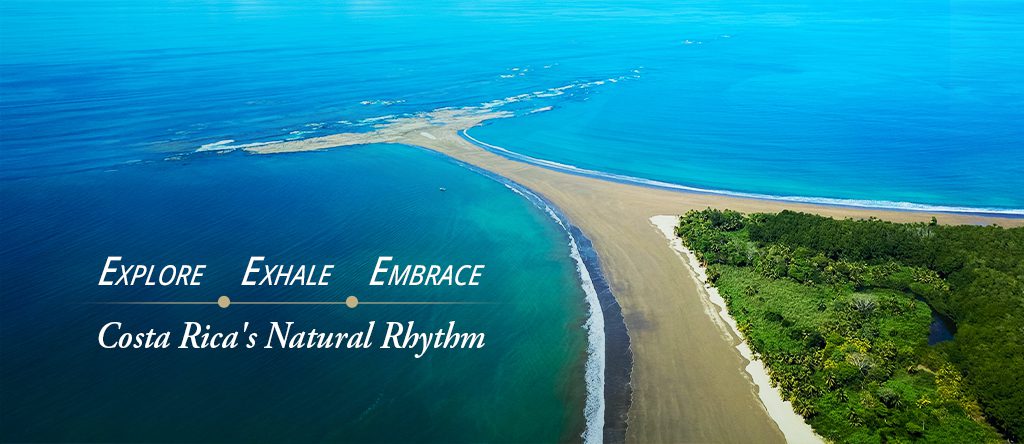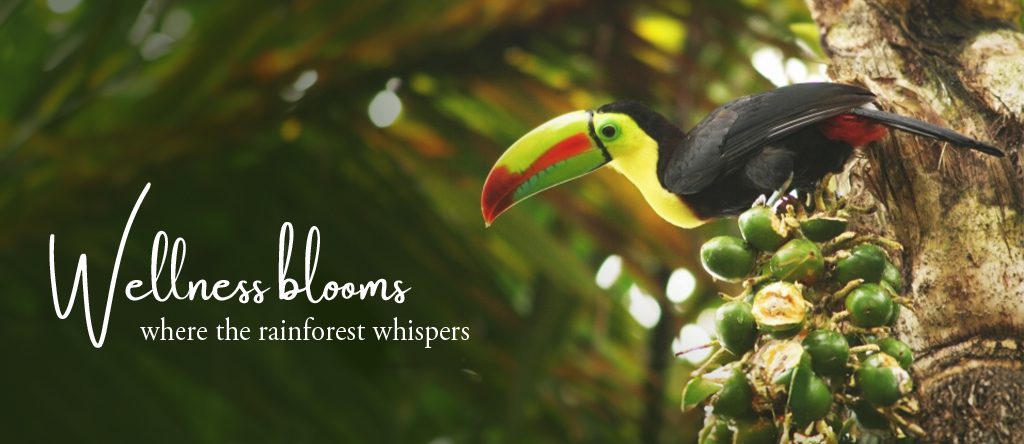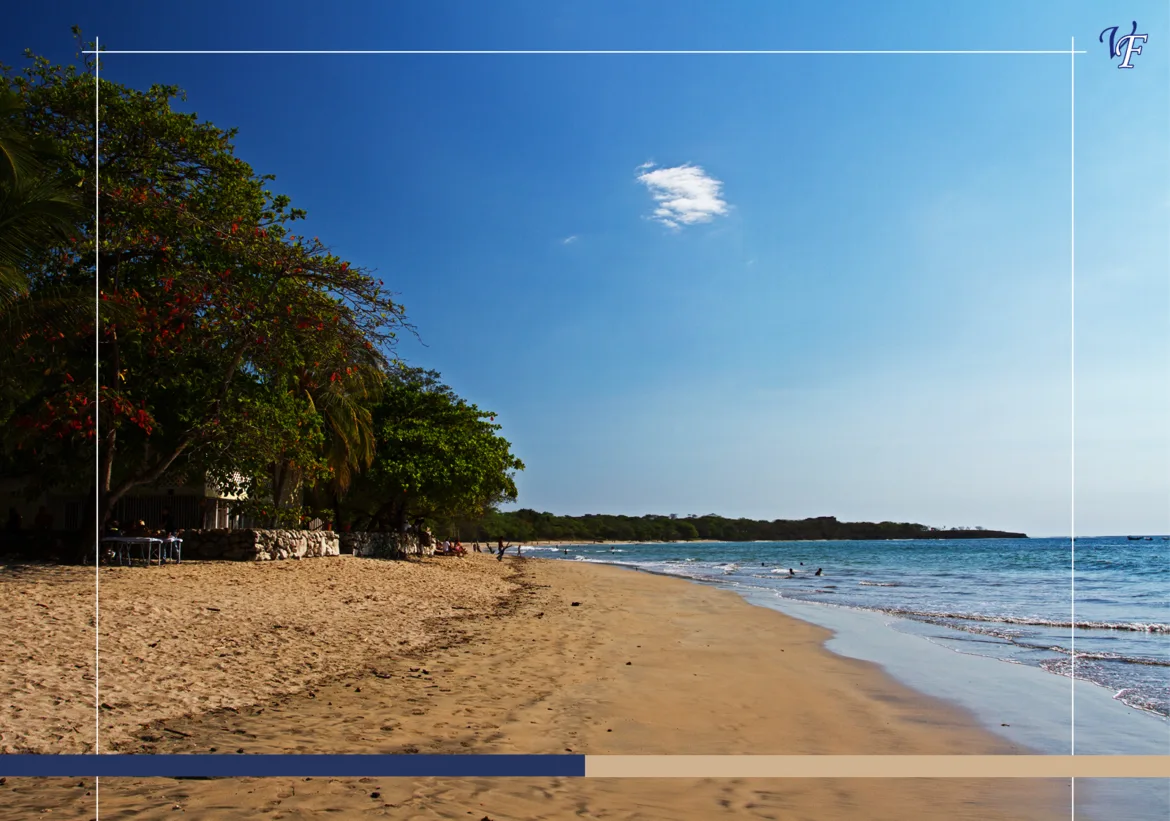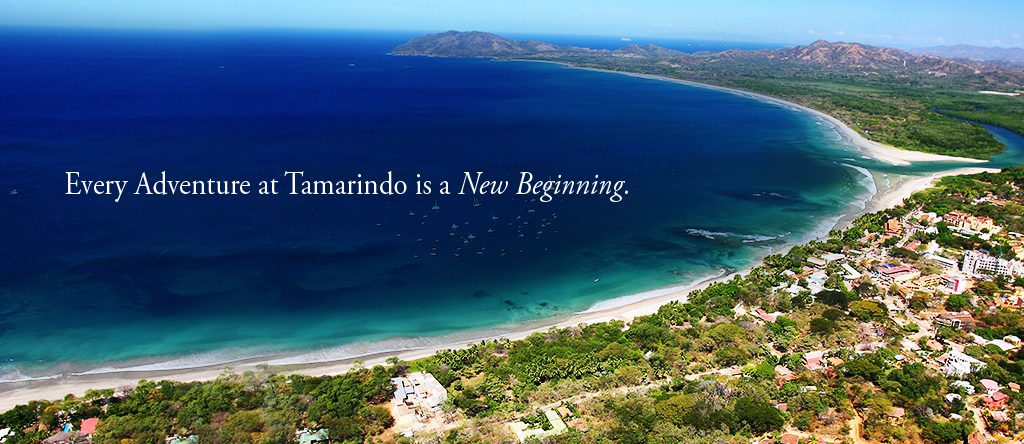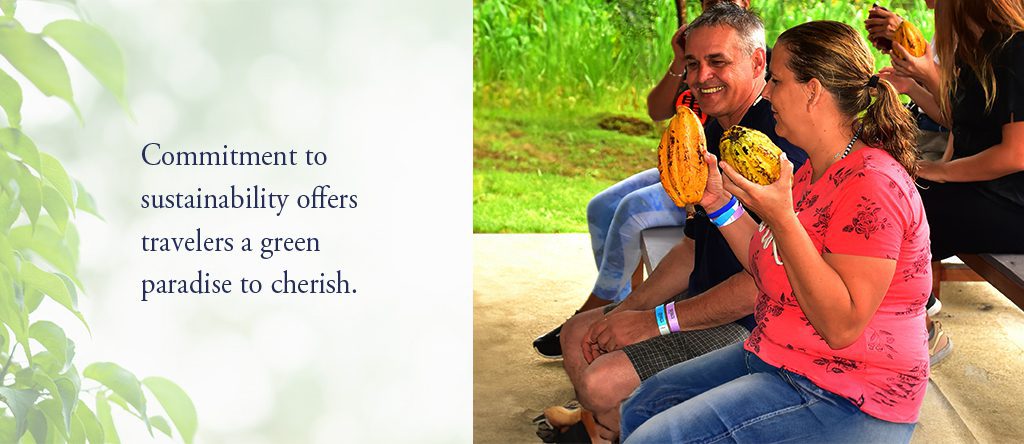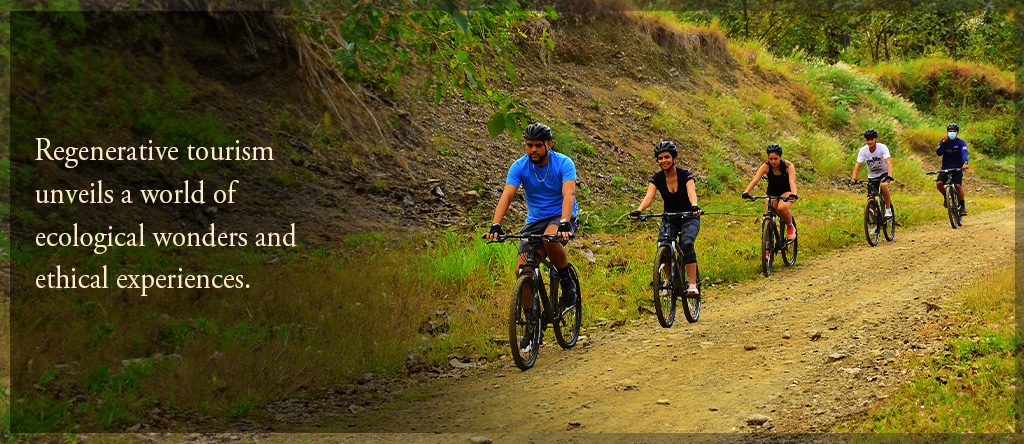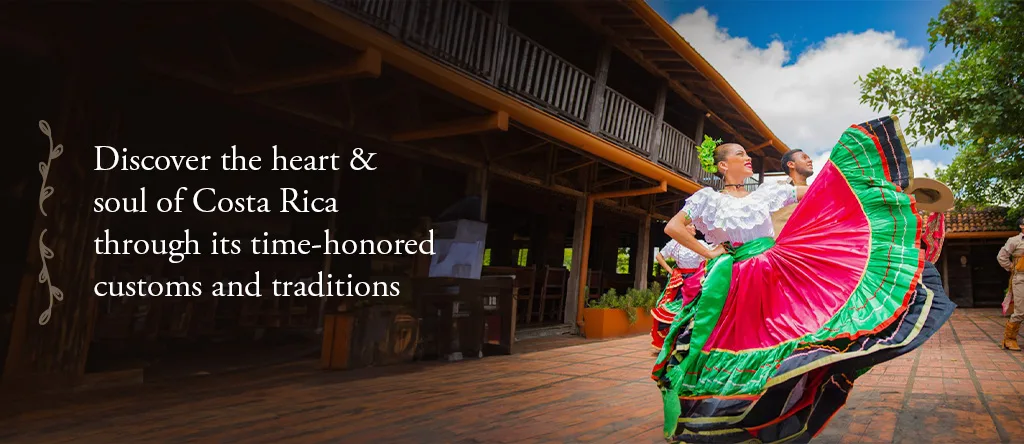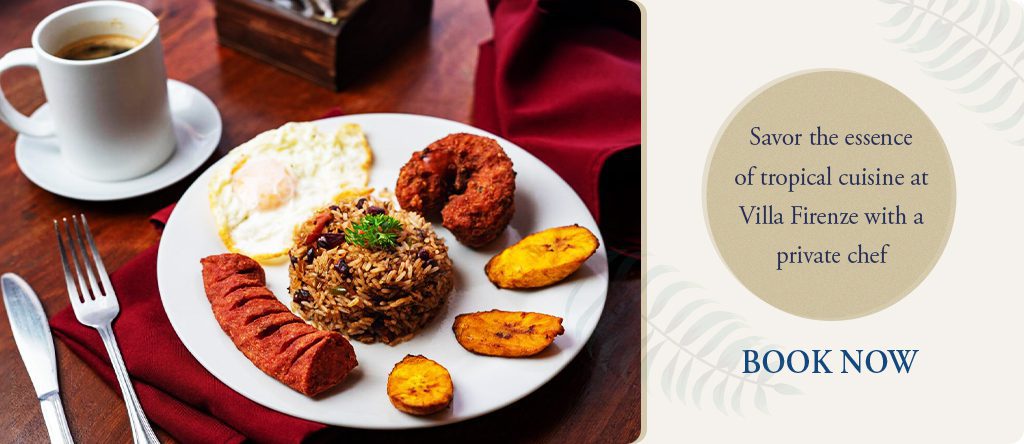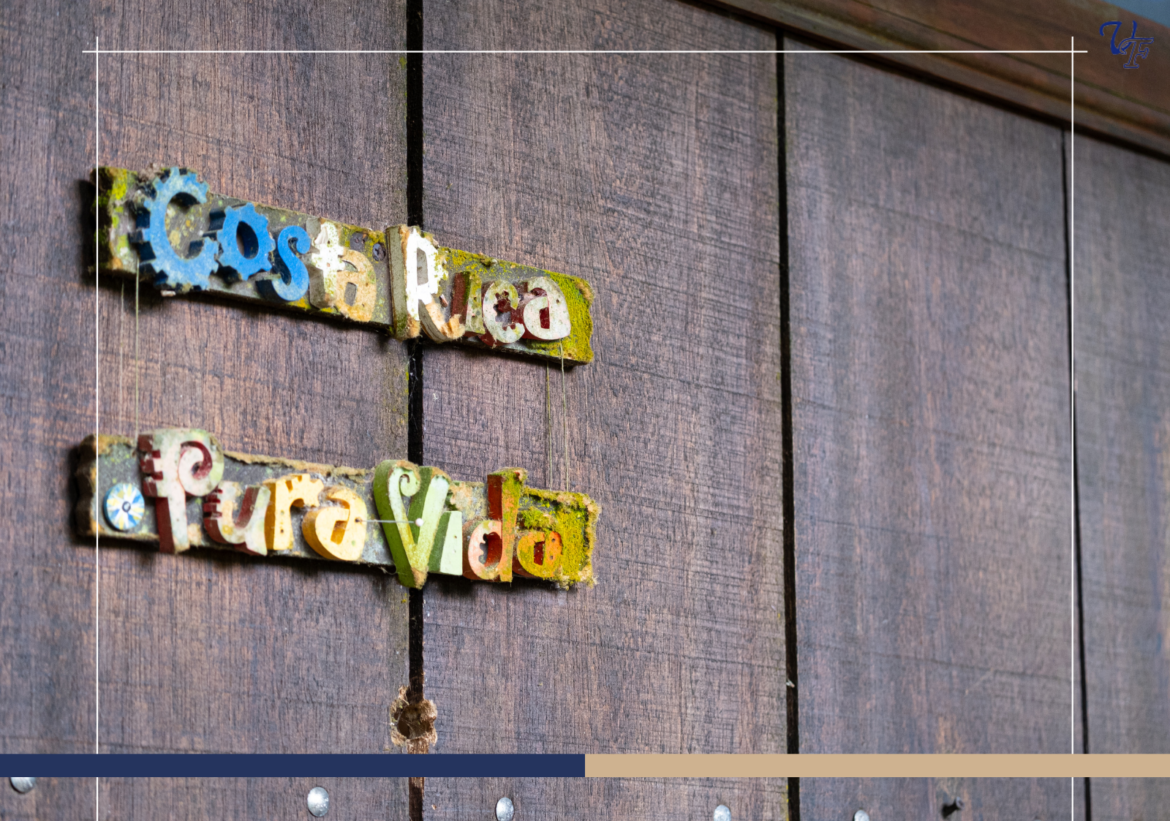In a world undergoing a remarkable transformation, the very nature of work is being redefined. As high-speed internet links us to endless possibilities and companies, rewrite the rules with remote-friendly policies, a powerful movement has taken center stage: the rise of remote workers and intrepid digital nomads. This seismic shift in work culture has unshackled employees from conventional office confines, liberating them to chart unexplored territories while steadfastly advancing their careers. Amidst this global revolution, Costa Rica shines as a radiant guiding star, illuminating the path for those who yearn for the extraordinary fusion of work and adventure bolstered by its progressive approach to remote work policies.
What sets Costa Rica apart from other countries allowing remote work is its natural beauty, captivating culture, and forward-thinking stance on remote work policies. Recognizing the transformative potential of this movement, the government has crafted an environment that welcomes remote workers and digital nomads with open arms.
Before you pack your bags, here are a few things to know before moving to Costa Rica to work remotely.
Difference Between a Digital Nomad and a Remote Worker
As we delve into the allure of this Central American country, it’s vital to clarify the difference between two often-used terms: digital nomad and remote worker. These terms may seem interchangeable, but they represent distinct approaches to location-independent work, each with priorities.
Digital Nomads: Embracing Mobility
Digital nomads harness technology to maintain their work responsibilities while embracing a perpetually mobile lifestyle. Their workspaces are as varied as the landscapes they traverse, from cozy cafes in bustling cities to hammocks on serene beaches. Driven by a sense of exploration, digital nomads thrive on the novelty of changing surroundings and the opportunity to immerse themselves in different cultures.
Remote Workers: Balancing Familiarity and Freedom
On the other hand, remote workers seek a balance between the comfort of a consistent environment and the freedom of working from different locations. They often establish a home base—a well-equipped home office or a trusted coworking space—where they maintain a routine. This lifestyle provides the stability they desire while allowing occasional escapes to new destinations.
Costa Rica: Bridging the Gap
The beauty of Costa Rica lies in its ability to accommodate both digital nomads and remote workers. For digital nomads, the country’s stunning landscapes offer a continuous source of inspiration. Costa Rica’s diverse settings match the nomadic spirit, from tranquil coastal retreats to lush beach getaways. Remote workers find here a supportive environment that complements their need for structure. The presence of reliable infrastructure, diverse accommodation options, and a welcoming community ensures they can maintain their routines while indulging in occasional adventures.
This flexibility to cater to both lifestyles contributes to Costa Rica’s appeal as a sought-after destination for those seeking a harmonious blend of work and exploration.

Benefits of Working Remotely in Costa Rica
Unlock the advantages of working remotely from Costa Rica against its stunning landscapes and vibrant culture. Discover a lifestyle where work meets relaxation, and productivity thrives amidst natural beauty.
- Stunning Natural Beauty and Lifestyle: This country has unparalleled natural beauty, from its pristine beaches to lush rainforests. Imagine starting your workday with the sound of waves crashing on the shore or taking a break to explore nearby trails teeming with exotic wildlife. The Pura Vida lifestyle—a philosophy centered around embracing the present moment and finding joy in simplicity—suffuses the culture, allowing remote workers to experience a sense of balance that might elude them elsewhere.
- Accommodation and Infrastructure: Whatever your preference, Costa Rica offers accommodation options to suit every taste and budget. Whether you choose a luxury villa, a cozy mountain cabin, or a bustling city apartment, you’ll immerse yourself in the local charm. Plus, working remotely seamlessly becomes a reality with reliable internet connectivity and advanced tech infrastructure.
- Safety, Healthcare, and Activities: Safety is paramount, and its reputation as a peaceful, welcoming, and one of the happiest countries in the world speaks for itself. For those concerned about healthcare, the country boasts a robust medical system catering to ex-pats’ needs. And when work is done, the myriad activities and attractions—surfing, hiking, exploring national parks—beckon, promising a well-rounded experience.
- Growing Remote Work Community: The country’s allure extends beyond its natural beauty; it has become a hub for remote workers. Its welcoming environment and established ex-pat community foster connections, making it easy to forge new friendships and professional relationships.
Things to Know about Working Remotely in Costa Rica
Prepare for your venture for working remotely from Costa Rica with vital information on internet connectivity, visa options, safety, and healthcare. Equip yourself for a seamless transition into a world where work and paradise converge.
- Internet Connectivity and Infrastructure: Before choosing Costa Rica for your remote work journey, ensure your preferred locality has quality internet connectivity. While major cities typically offer reliable connections, confirming this aspect is wise, mainly if your work hinges on a stable online presence. Numerous coworking spaces and popular cafes in Costa Rica provide dependable internet options.
- Visa and Legal Considerations: Navigating the legalities of working remotely in Costa Rica is crucial. Investigate the visa options available for remote workers and digital nomads. Depending on the nature of your work and the duration of your stay, you’ll find various pathways to make your presence legal for a hassle-free remote work from Costa Rica experience.
- Safety and Healthcare: This country has a well-deserved reputation for safety, but it’s still important to exercise caution like elsewhere. The healthcare system here is geared toward ex-pats, ensuring that medical needs are met with efficiency and care.
Where to Work Remotely in Costa Rica?
Embark on a journey to uncover the ideal havens for remote work in Costa Rica. From serene coastal towns to lush rainforest retreats, these destinations offer the perfect blend of work and paradise.
- Tamarindo: A beach town known for its vibrant nightlife and water activities.
- Santa Teresa: A laid-back surfing haven with stunning sunsets.
- Manuel Antonio: Offers a perfect blend of nature and accessibility.
- Puerto Viejo: A Caribbean paradise exuding a reggae-infused charm.
- Nosara: A wellness-focused community with yoga and surfing at its heart.
- Uvita: Known for the Marino Ballena National Park and its iconic whale tail-shaped sandbar.
- Monteverde: A cloud forest with unique biodiversity and eco-friendly practices.
- Jacó: Offers a mix of relaxation and entertainment along the Pacific coast.
- Heredia: Proximity to San José and a pleasant climate make it an attractive choice.
- San José: The capital city with a bustling urban environment and cultural attractions.
Each of these destinations offers a variety of amenities, reliable internet, coworking spaces, and the chance to explore the natural beauty and vibrant culture of the country while savoring the authentic Costa Rican diet.

Conclusion
Costa Rica is more than a destination; it’s a lifestyle that seamlessly blends work with leisure. The convergence of stunning landscapes, a welcoming atmosphere, and the growing remote work community set the stage for an unforgettable Costa Rica remote work experience. Embrace the Pura Vida lifestyle, immerse yourself in a rich culture, and discover a world where your workspace extends to beaches, rainforests, and beyond.
And here’s an extra touch for those seeking a luxurious and laid-back ambiance for their working journey. Imagine staying at Villa Firenze, a stunning retreat along the Pacific Coast. This haven goes beyond the ordinary with its top-notch amenities. With a convertible room that seamlessly transforms into a peaceful office space, your productivity is in good hands. At Villa Firenze, work seamlessly blends with relaxation, ensuring your tasks are accomplished without compromising your tranquil getaway.
So, your work-life balance remains intact whether you’re lounging by the pool or nestled in your office retreat. Your Costa Rican adventure, enhanced by the comforts of Villa Firenze, promises a symphony of productivity and serenity like no other.




